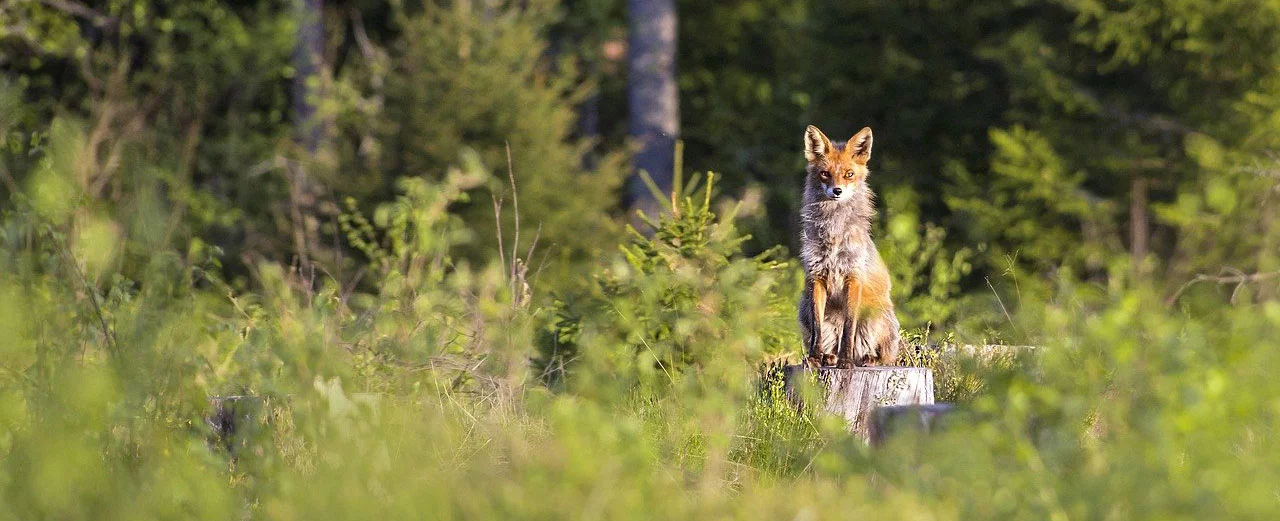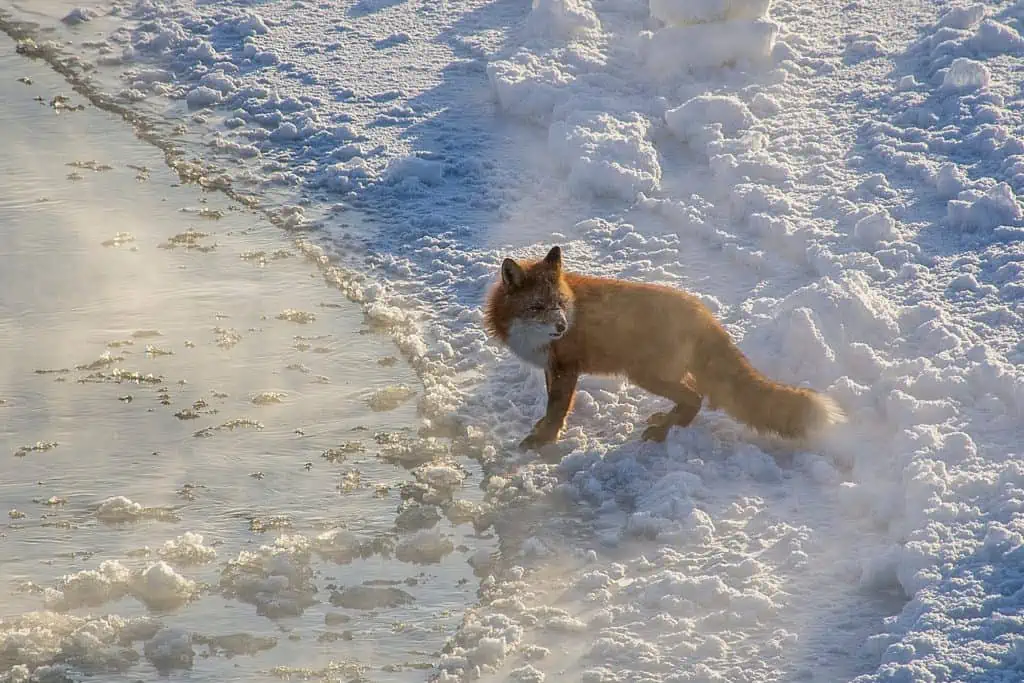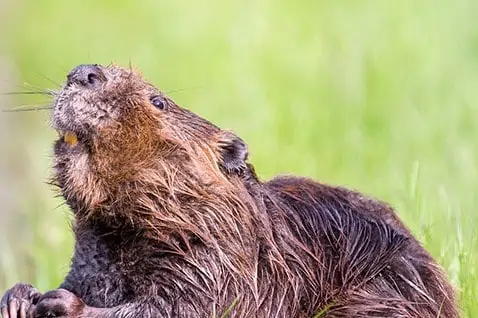My first encounters with foxes were back in 1959, 1960 and 1961. This was in eastern Ontario when I was a conservation officer. At the time, the dreaded rabies disease was crossing Canada. Bats, foxes and raccoons seemed to be the main target of the disease. There is something to learn from the fox that could benefit all.
Foxes have a number of colour phases. Mainly, we see the red and white, but additional phases include all-black, and black and red. No matter what colour, these foxes all have two things in common. One is the white top at the end of the tail and the other, you’ll know by the end of this story. The fox, to many, is a nuisance animal, but if you really get to understand this beautiful little creature, it is more beneficial to humans than a nuisance. The fox is not a vicious animal, as a wolf may be at times. The fox may win out in a battle with a barn cat, but would lose the battle with a coyote. As far as intelligence is concerned, I’d bet on the fox over the coyote or the wolf.
A red fox habits our neighbourhood in Granger and it patrols the street each night. When it reaches our property, it goes back to the fence gate and sits there looking at our Siberian husky. I have yet to hear either one bark from the husky, but I’m not surprised, considering Avalanche’s best friends include a bunch of ravens. They feed right alongside each other. On the other hand, “Red,” the red Squirrel, does its best to drive Avalanche nuts.
The red fox habits every province and territory in Canada, with the exception of the Arctic. That’s where the white Arctic fox takes over. The red fox is also found in about 80 per cent of America.
Its negative side (if there is such a thing in nature) is that it feeds on the eggs, or small birds in nests. It especially likes the Hungarian Partridge, found in Alberta and westward into Ontario. I did a three-year life study on that particular bird and the fox. In the spring, it was a deadly enemy to the bird. Its other favourite food in the wild is the ground squirrel, the cottontail and the hare. How then is the red fox that habits our neighbourhood a benefit to us? The fox also includes in its diet mice and moles, dead or alive. Another favourite food of the fox? Grasshoppers. It will eat those until its stomach will not hold anymore. Taking this into consideration, I might suggest some people change their minds about hating foxes and start counting their blessings before their sheep.
Some animals and birds will mate for life, but foxes do not fall into that group.The marriage starts in the breeding season. Mr. Fox sticks around and helps teach the young sprouts the fox’s way to survive. This takes about a year, then the honeymoon comes to an end and it’s off to the next cutie on the other side of the hill.
If you have a fox that habits your area, I would strongly advise you to make sure your veterinarian has given your dog the necessary needles, or pills to protect your pet from the many diseases the fox is known to carry. This includes tapeworm and roundworm. It is wise to have your dog given the updated protective rabies injection. When crossing the borders to the States, you will be asked for proof of the rabies shot. If you have a red squirrel in your yard, it is also wise to tell your vet, so he can give the needed medicine to ward off the many parasites that cute little animal carries.





